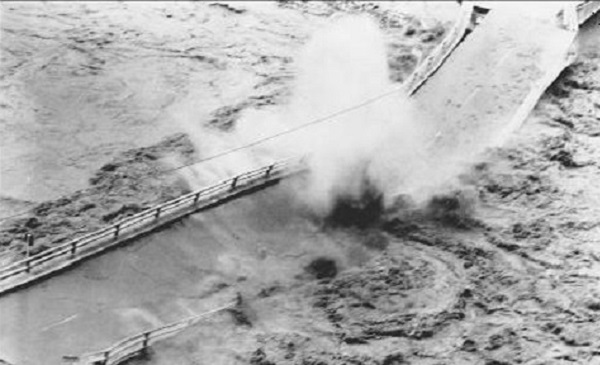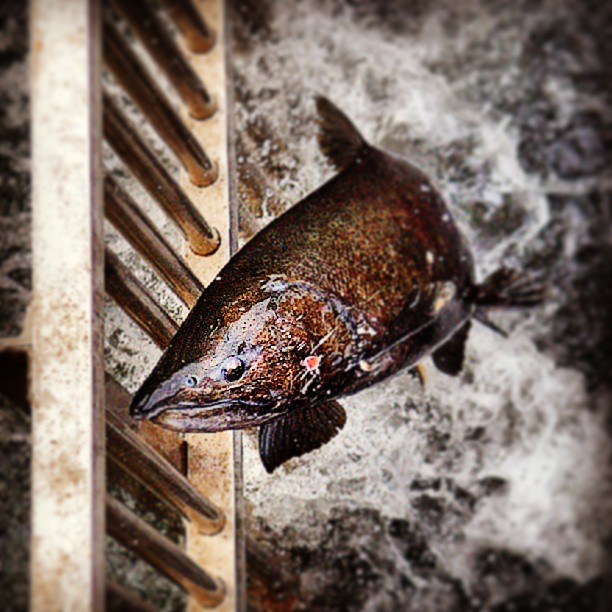A group that has fought to protect the American River Parkway for more than 50 years is suing Sacramento County in a bid to stop officials from allowing permits for foot races, concerts and other events that it says are harming the area and threatening the safety of parkway users.
Save the American River Association, a nonprofit group that helped create the 23-mile parkway enjoyed by an estimated 5 million people each year, filed suit in Sacramento Superior Court last week seeking an injunction against events that it says are violating parkway guidelines and state law.
“We have tried to work with the county, and for 50 years we were able to work with the county on any issue that came along with the parkway,” said Stephen Green, the association’s vice president. “We can’t do that anymore, and it’s very unfortunate.
“The county has been issuing permits for events that are totally inappropriate and are not allowed by the American River Parkway Plan, which is in state law.”
County spokesman Zeke Holst declined to comment Monday, saying the county had not yet been served with a copy of the lawsuit, which was filed Thursday.
The complaint takes aim largely at events held away from the bike trail and is not targeting longstanding community events such as Eppie’s Great Race.
Instead, it is seeking to halt the issuance of permits for some events that are being allowed on equestrian and hiking trails, and at other locations where SARA claims events have damaged parkway property and disturbed riparian areas.
“The more intensive uses include concert events, food truck events and competitive events off the bicycle trail,” the complaint states. “The more intensive uses by organized groups and special events can impede and deny access to individuals, families and small groups.”
The suit is the second SARA has filed this year against the county seeking to stop such events. The first was filed in April and was aimed at stopping a 100K “Gold Rush Run” last May from Sutter’s Mill to Sutter’s Fort that charged a $150 entry fee. That event took place with 190 runners and is scheduled to be repeated next year, although on a different course that will not use the parkway.
Ellen Moore, executive director of the Sacramento Running Association that sponsors the event, said the change was not made because of the lawsuit. She added that her group has supported the county’s efforts to allow such events to take place on the parkway.
“We want to support that and feel that different groups can co-exist,” she said.


